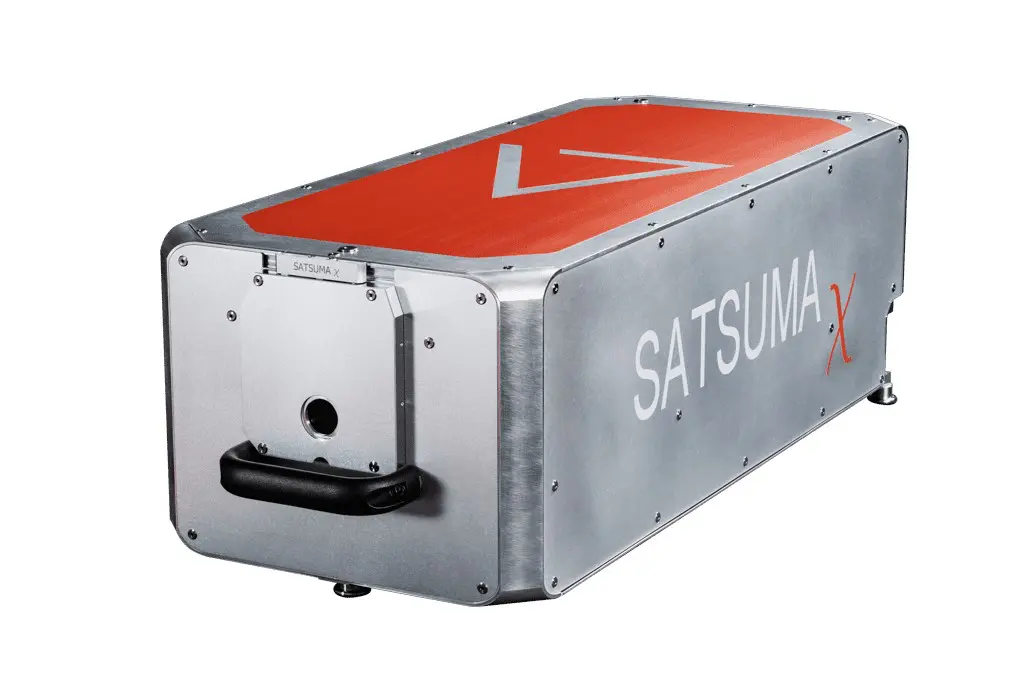The Automotive and Aeronautic Industries stand at the forefront of technological innovation, constantly pursuing ways to increase efficiency and performance while upholding the most stringent quality standards. These industries face distinct challenges, including high-volume series production and achieving the precision required for processing a wide range of components. Addressing these challenges while aligning with industrial processes is imperative.
In recent years, ultrashort pulse lasers have emerged as a game-changing technology, offering new possibilities for applications and improving traditional processes. Femtosecond lasers have played a crucial role in speeding up the transformation of these industries. Their unique capabilities have led to pioneering applications in surface treatment and thermal resistance domains. These applications have widely spread to the automotive and aeronautic sectors, underscoring the significance of ultrashort pulse lasers in these industries.
Understanding Ultrashort Lasers
Ultrashort pulse lasers (USP), especially femtosecond lasers, constitute a high-precision tool, delivering high-energy pulses to a localized area on a very short timescale. These characteristics set them apart from conventional laser systems as the interaction occurs at the microscopic level, enabling precise modification of the material and demonstrating that USP lasers are particularly well suited for high-precision applications.
Surface Treatment in Automotive and Aeronautic Industries

Surface treatment
Femtosecond lasers are now being used more and more to enhance performance in surface functionalization for instance lubricant properties control and aerodynamic properties. Not only does it extend the longevity of components, it also eliminates the necessity for chemical additives, thereby aligning with sustainability objectives.

Blind Hole Drilling
In aeronautics, the practice of blind hole drilling in wings is transformative as it improves air penetration, revolutionizing aerodynamics and leads to improved fuel efficiency and reduced emissions. Moreover, the micro-perforation capabilities of ultrashort pulse lasers opens new opportunities for aerodynamic enhancement, as they help reduce part of the turbulent airflow by creating a more stable flow.

